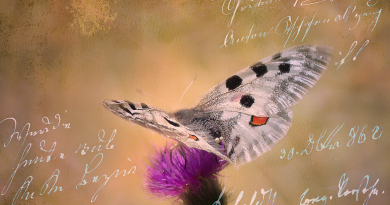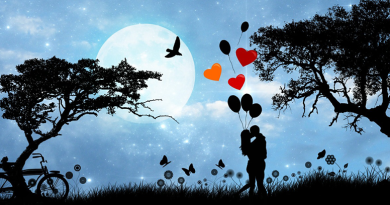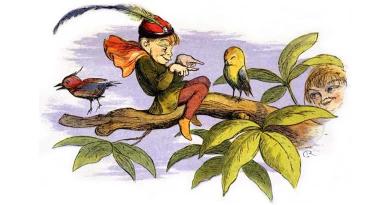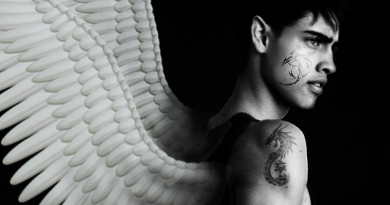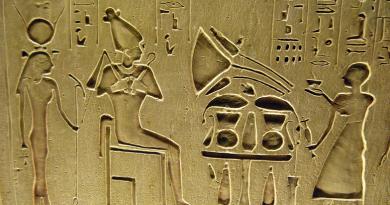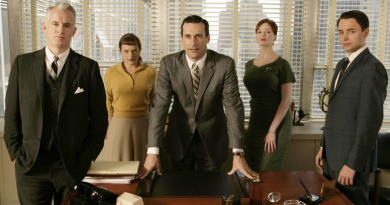It’s a funny game, chess. Like a Mandelbrot set, there’s more to it than meets the eye – the more you look at a chess as a game, the more it really gets into your soul.
I remember being taught to play when I was a child, by my dear father, and I thank him for providing me with such profound knowledge at such an early age.
But these days, I’m older and wiser. I’ve spent time and effort thinking about chess, and the manner in which it mirrors the outside world – a world where we can move in more than two dimensions, but where the rules of the chess board still, fundamentally, apply.
Let us explore this theory in words. Let me expound upon and thump the tub about the way I see the insufferable sadness of the human condition mirrored, errily accurately, atop the black and white surface of the world of chess.
The World.
The world is, essentially, black and white. Right and wrong. Truth or lie. Do or die. For the pieces that reside in the world of chess experience this stark dichotomy on a daily basis. Their world, such as it is, allows for only restricted movement. They have no real freedoms at all. Worse still, as with the real world, the white pieces have the pick of the action, always allowed to move first, in essence always dictating the moves of the black pieces.
Of course, there are times when the black pieces will move to such a position that the white pieces feel that they have no choice but to react, but we all know that it’s an inherited racism, preconditioned into all white pieces, that force the reaction. It’s fear – the boardgame equivalent of crossing the street when the white pieces see the black pieces approaching them at 2am with burglary and other assorted mayhems on their mind. Or so we think… the reality is that the black pieces are simply on their way to the shop to buy milk, and are happily minding their own business.
The Pieces.
Each of the players in life’s little game has their role, as in real life. From the menial, toilet-bowl washers through to the “do nothing but sit around and look magnificent” top tier of life, all facets of class system are there. As in life, the pieces are more or less defined by what they do. “You’re a doctor? Awesome… settle a bet – is this a boil or a mozzie bite?” – likewise each piece on a chess board is effectively hamstrung, their career chosen at birth and with little chance of respite from the gruelling daily grind…
We shall examine them – one by one – and hopefully gain an insight into each of the little tiny personalities that inhabit the ranks and files of life.
The Pawn.
It’s a damning indictment on the state of the world when you consider this fact: The most populous piece on the board is also the weakest. Like the serfs and peons of eras gone by, the fact that there are 16 of the so-called ‘little people’ on the world at the beginning of any match should supply some glimmer of hope – the most precious gift in the world – to the pawns. But they are not the sum of their parts. Repressed and homogenous, they simply exist to do the dirty work, and to die quietly with as much dignity as they can muster.
The lefty inside me wants to marshall them together, and have a quiet meeting at some out of the way square on the board.
“Listen… guys… seriously. Think this through. There are 16 of you here. 16! You can take anyone on the board on your own, so consider this. What if you all grouped together? Formed a union – a Coalition of the Little… you could rise up, seize the means of destruction and rule the board, making it a charming Utopia in which every piece is of equal value. Yes, even the black ones… It’ll be awesome!”
But we all know, deep in our hearts, that while I paint a picture of supreme clarity and truth, it will never, ever happen. Revolutions of any kind are generally doomed to failure one way or another.
And all it will take is for one pawn to reach the final rank at the opposite end of the board, elevate himself to Queen or King, and we’re back where we started. It’s a crying shame.
The Rook.
Ahhh… the safety and security of bricks and mortar are the lesson to be learned here. How solid and dependable are the rooks? They occupy and guard the outer edges of the world, keeping the other players safe from invading paws of curious kittens and insurgencies of spilt beverages. But how high is the price of such security?
I’ll tell you – it’s a terrible toll. Severely restricted movement, and a mindset programmed to think in unbending lines. Compare this to the United States, where the price of freedom is restrictions beyond their wildest nightmares – a government hellbent on tying down its own people to protect them from themselves, and others.
Thus, the Rooks are the US Government of the chess world. Bulky, cumbersome and programmed to defend and destroy, or die trying.
The Knight.
By immediate comparison comes the Knight, a piece with a wonderfully British outlook atop the chequered arena. It’s movements appear eratic, but are – in fact – carefully thought out in advance, taking into account the dual notions of sense of purpose and unpredictability. They like to give the impression that they might, if pushed, be a rogue state. Their wild nature is characterised by the brumby-like physical representation, which in itself speaks volumes.
But… and there’s always a but… on their own, they are all but useless. Any successful hostile action requires the recipient of violence to be backed, literally, into a corner with all avenues of escape cut off.
And then in rides the cavalry, to take the glory and claim the victory as their own. It’s typical, if you ask me… the horsey set always likes to think of itself as punching well above its social weight. When they’re not prancing about the board of life, you’ll find the Knights playing polo and drinking champagne.
The Bishop.
Imagine a life where you are confined in your thinking to a single shade. Black or white, once you are placed in your initial position, that’s it – you may not ever occupy a square of the other shade. You must only believe in the one thing, forever more, until you are killed or the war is won.
It’s a damning indictment upon life off-board – where religious views are expounded upon at length, but rarely scrutinised and never challenged. As with any belief that is set in stone, it invariably ends in tears – it’s okay to have convictions and a strong set of moral values, but without wriggle room, it’s easy to end up trapped. If you cannot see the other side of an argument, you are doomed to lose.
The other telling point about the Bishops is that they do not move in a straight line – not in the classical sense. They’re sneaky, often arriving unexpectedly from the far side of the world to wreak violence and brutality upon those least expecting it. All of this from a man of the cloth? It’s wrong… but it’s the way of the world.
The Queen.
The Queen is the most honestly representative piece on the board, in terms of power, gender politics and potential capabilities. As a female, the Queen is the sole representative of women. As in the real world, women are horrendously under-represented in the upper echelons of power. This is, of course, coupled with the obvious glass ceiling – the Queen can never become the King, as the King never dies. Add to that the constant threat that one of the pawns may indeed reach the far rank of the board, and suddenly the Queen has another contender for the favours of the King. It’s horrible… and an eerily accurate reflection of the real world.
This is tempered by another fine example of art imitating life. Despite the horrifying inequities faced by the Queen every day, she is quite clearly the most powerful piece in the world – and deservedly so. The iconic image of a strong woman with immense dynamism and efficacy is one that justifiably succeeds, transcending the hardship that women face to become, literally, the monarch of all they survey.
The King.
Bloated, corpulent and lazy, the King is a figurehead – a lumbering dinosaur whose only relevance to the world at large is to simply be. Without him, all is lost – but his presence serves only to provide purpose to the lives of others, who must live and die to protect him.
On many levels, I’m sure the other pieces have grown to hate the King. The King is little more than a chubby dictator – his whims to be observed, his life sacrosanct.
His slothfulness and propensity for avarice have clearly made him far too hefty to move too far too quickly – so that while he enjoys the same privileges of freedom of direction as the Queen, she will leave him far behind should the shit really hit the fan.
And to be frank, were I the Queen, I’d leave him behind too. If he can’t get his act together enough to be able to move fast should the need arise, he deserves to die. Let his lackeys from the church and stable look after him – the Queen will be seeking safe passage to Lichtenstein within the hour
In conclusion.
It’s obvious to even the most casual observer that chess is indeed a game – one that has its roots in the violence of conquest and its complexities founded in the notion of human interaction. But at the end of the day it is – just like the life and universe it mirrors – just a game. It’s unbalanced and bigoted, often violent and strangely bleak… and that’s the way we seem to like it.
I give this game four and a half stars out of five.
The politics of chess
What do you think, did we get it right? Comment here...
Popular Content
WANT MORE FUNNY LIKE THIS? FOLLOW US ON FACEBOOK


